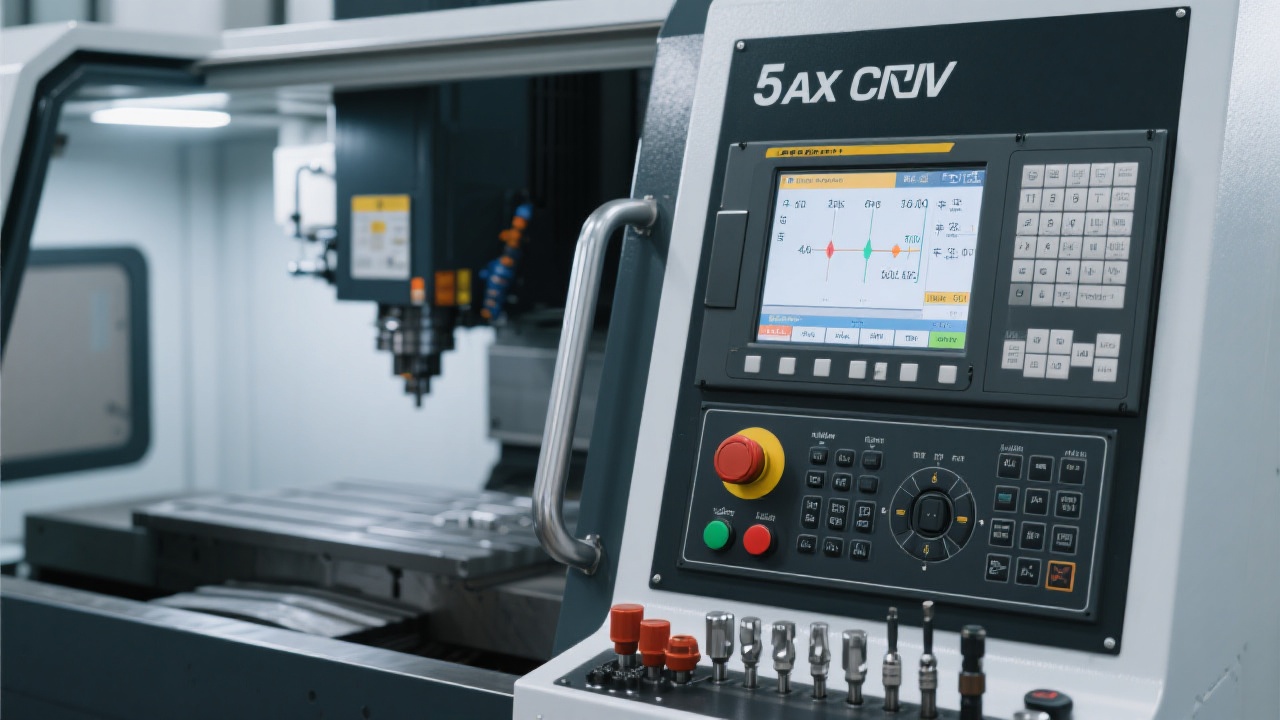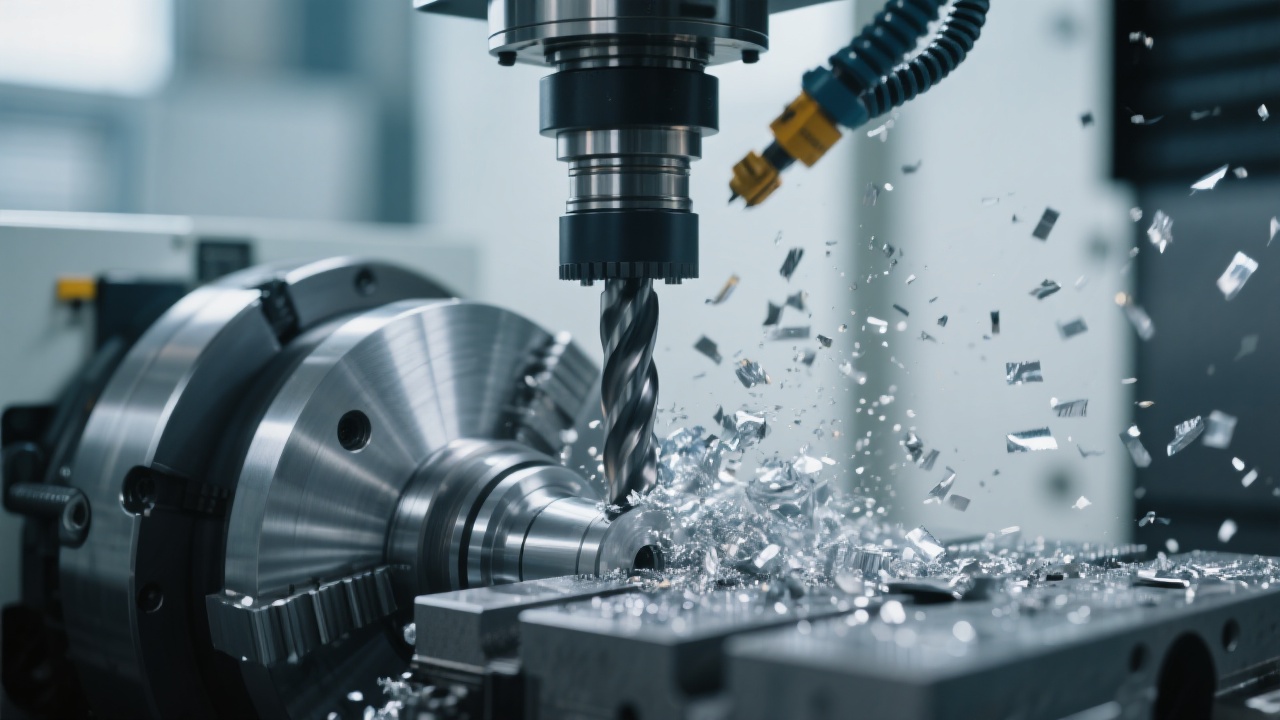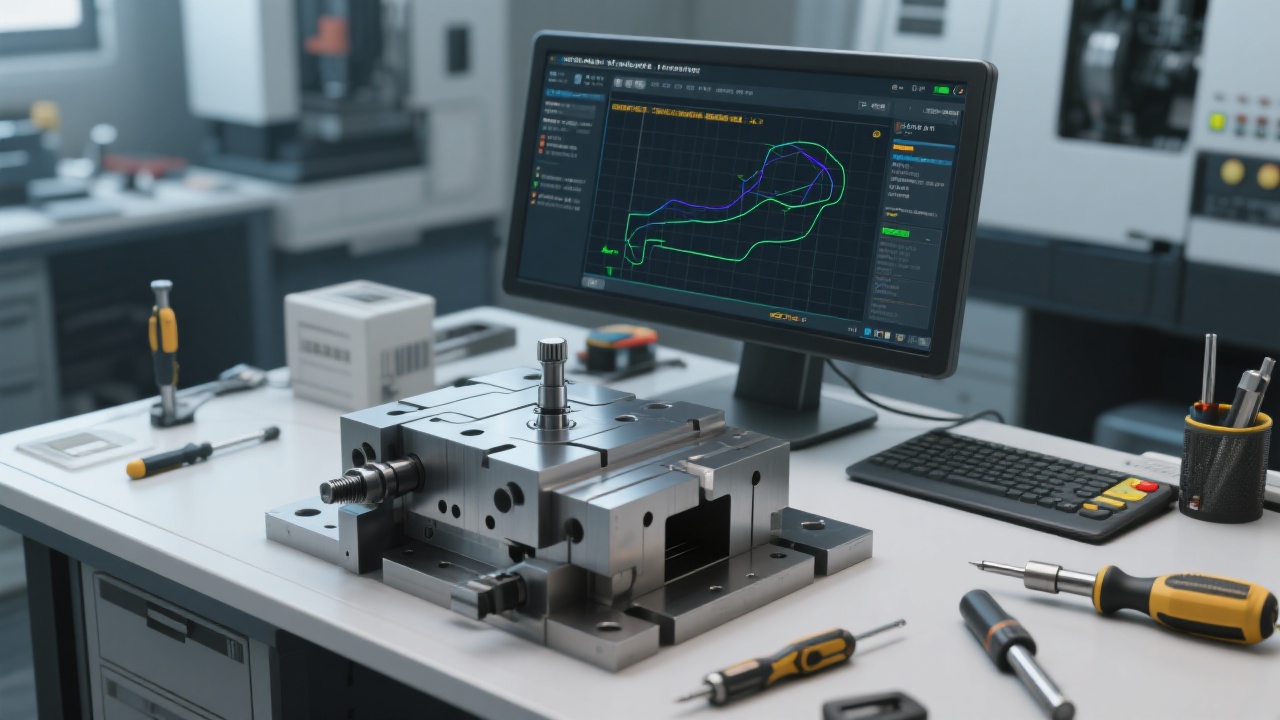
In the realm of non-metallic material processing in manufacturing, graphite material poses unique challenges in 5-axis machining. From programming complexities to thermal deformation issues, these problems can significantly impact the efficiency and precision of the machining process. In this article, we'll take you on a journey from the basic principles of 5-axis programming to practical applications in complex surfaces, with a focus on graphite material processing.
Graphite material has distinct characteristics that directly influence cutting parameters and programming strategies. Its high brittleness, for example, requires careful selection of cutting tools and appropriate cutting parameters to avoid chipping. The thermal conductivity of graphite also affects the heat generated during machining, which in turn impacts the programming strategy to control thermal deformation.

Before delving into complex surface machining, it's essential to understand the basic principles of 5-axis programming. This includes coordinate system transformation, tool path optimization, interference checking, and simulation verification. These steps are crucial for ensuring the accuracy and safety of the machining process. For instance, coordinate system transformation allows you to define the position and orientation of the workpiece in the machine tool's coordinate system, which is essential for generating correct tool paths.
In a study by leading machining experts, it was found that proper coordinate system transformation can improve the machining accuracy by up to 30%. Tool path optimization, on the other hand, helps to reduce machining time and improve surface quality. By minimizing unnecessary tool movements and optimizing the cutting sequence, you can achieve more efficient machining.
One of the key challenges in graphite material 5-axis machining is thermal deformation. Excessive heat can cause the workpiece to expand and contract, leading to dimensional inaccuracies. CAM software plays a vital role in reducing thermal deformation and cutting force fluctuations. By setting appropriate cutting parameters, such as spindle speed, feed rate, and depth of cut, you can control the heat generated during machining.
For example, reducing the spindle speed and increasing the feed rate can help to reduce the heat generated per unit time. Additionally, CAM software allows you to simulate the machining process and analyze the cutting force distribution, enabling you to make adjustments to minimize cutting force fluctuations. By doing so, you can improve the surface quality of the machined part and extend the tool life.

To illustrate the application of 5-axis programming in graphite material machining, let's look at some typical part machining cases, such as impellers and mold cavities. These parts have complex surfaces that require advanced programming techniques to achieve high precision and efficiency.
In the case of an impeller, the programming process starts with defining the part geometry in the CAM software. Then, the tool path is generated based on the desired machining strategy, taking into account the graphite material properties and the machine tool capabilities. After the tool path is generated, it is simulated and verified to ensure its accuracy and safety. Finally, the program is transferred to the machine tool for actual machining.
Through these case studies, you can see the complete process from programming to verification, which provides valuable insights into how to apply 5-axis programming in real-world scenarios.
Establishing a standardized programming process can significantly improve production efficiency. It reduces the time spent on programming and debugging, as well as the risk of errors. A standardized process also allows for better communication and collaboration among team members, leading to more consistent and high-quality results.
By following a standardized programming process, you can achieve up to 40% reduction in programming time and a 20% increase in production efficiency, according to industry statistics.
When it comes to graphite material 5-axis machining, the FH855L model stands out. Its advanced RTCP control technology ensures high precision and stability during machining, even for complex surfaces. The machine's rigid structure and excellent thermal stability also make it well-suited for graphite material machining, effectively reducing thermal deformation and improving machining accuracy.

If you're looking to enhance your graphite material 5-axis machining capabilities, the FH855L model could be the ideal solution. Click here to learn more about how the FH855L can revolutionize your machining process.

